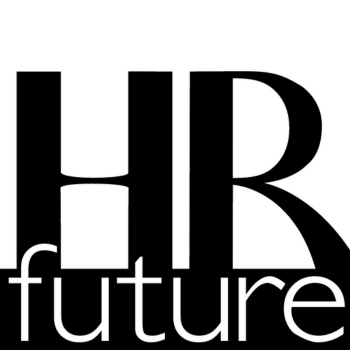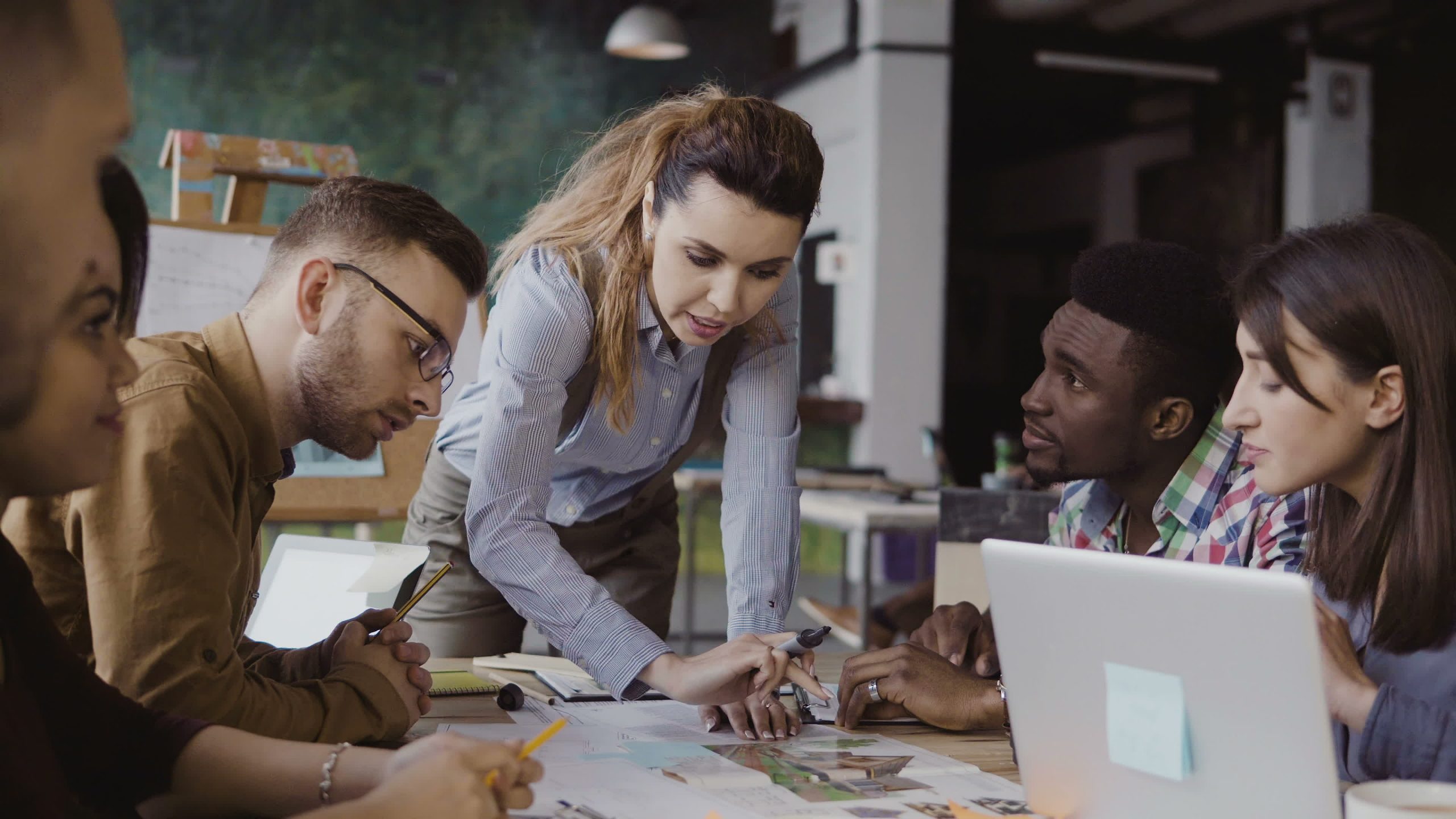How corporate South Africa is tackling the country’s youth skills gap at its source, through primary and high school education initiatives.
Allianz’s latest Global Risk Barometer makes for uneasy reading. The usual suspects – cybercrime, infrastructure blackouts, political unrest – rank among the top 10 risks facing South African business, as you’d expect. But in eighth place you find “Shortage of skilled workforce”. The skills gap is not as obvious as load shedding or riots, but it remains a massive problem. Then there’s what Boston Consulting Group (BCG) calls the “skills mismatch” – the huge gaps between the goals of education systems and the needs of business. “This problem […] is much less obvious than the skills gap, because it creates the illusion of employment and economic and social stability,” BCG warns. South Africa, it says, has a high skills mismatch of more than 50%. Big businesses are working to close the skills development gap. Two examples – Old Mutual in the financial services sector and Sasol in the petrochemicals space – provide useful case studies.
Old Mutual’s financial skills approach
In 2020 Old Mutual launched “Africa’s Biggest Digital Classroom” as part of its 175th birthday celebrations. The events of that year soon made it clear that instead of a one-off event, the business needed to create a legacy programme.“Old Mutual is not an educator, but we can provide financial education,” says Learn.Think.Do Programme Manager Kerrie Taylor, pointing to Learn.Think.Do’s rich digital content library supported by non-digital platforms. “To undertake an initiative of this kind online only is fundamentally flawed because the digital divide is too massive,” she told Mindspace magazine. “We settled on a strategy that would deliver digital and non-digital financial education through a multiformat, multilingual and multiplatform approach.”Learn.Think.Do, which is currently rolling out across Old Mutual’s African territories, focuses on high school learners – particularly those in Grades 10 to 12. The programme team works closely with government education ministries to ensure high levels of alignment, adoption and impact. And rather than adding financial education as a subject to already-crowded curricula, Learn.Think.Do’s approach is to weave relevant content into what is already being taught in classrooms.
Sasol’s STEM initiatives
The Sasol Foundation, meanwhile, bases its educational interventions on the promotion of the STEM subjects: science, technology, engineering and mathematics. Its Siyavula programme has a focus on Grade 8 to 10 Maths and Grade 10 to 12 Physical Sciences for both learners and teachers, but it also offers online, open-resource Maths and Science textbooks for students in Grade 4 and up.
During South Africa’s pandemic lockdown, the Sasol Foundation opened its online education resources and textbooks platform to all learners and parents free of charge, with live virtual classroom sessions recorded and uploaded for rewatching.
“These easy-to-use platforms are uncluttered, and not interrupted by ads or other pop-up content that might be inappropriate,” Anacletta Koloko, Programme Practitioner at the Sasol Foundation, said at the time. “This ensures simple, free-flowing navigation and quick feedback to aid learners to stay captivated and focused.”
While that was a focused intervention at a time of crisis (schools were closed during South Africa’s hard lockdown), Siyavula’s zero-rated website – which is free to access on MTN, Vodacom and Telkom – provides free textbooks developed in association with the Department of Basic Education to meet the needs of learners.
Siyavula also uses comic-style stories and characters called the Thunderbolt Kids to teach primary school learners soft skills such as problem-solving and analytical thinking.
A long-term fix to youth unemployment
Learn.Think.Do and Siyavula represent two answers to the same skills shortage problem. Old Mutual’s initiative focuses on what the business knows and what it’s good at (financial education), while Sasol’s builds the skills the company needs in its future employees.
In both cases, the interventions aim at school-level upskilling, rather than at specialised skills training and support. It’s an indication that the skills mismatch (as the BCG frames it) starts early – and it suggests that the education system itself requires rebuilding from the ground up.
The result of the current skills gap (and mismatch) is staggering youth unemployment. According to the Q1-2022 Quarterly Labour Force Survey, the unemployment rate was 63.9% for South Africans aged 15 to 24 and 42.1% for those aged 25 to 34.
That simply can’t continue.
The opinions and views expressed by the industry experts are their own and do not necessarily reflect those of Old Mutual.
Trevor Crighton is a specialist content writer and media consultant.



